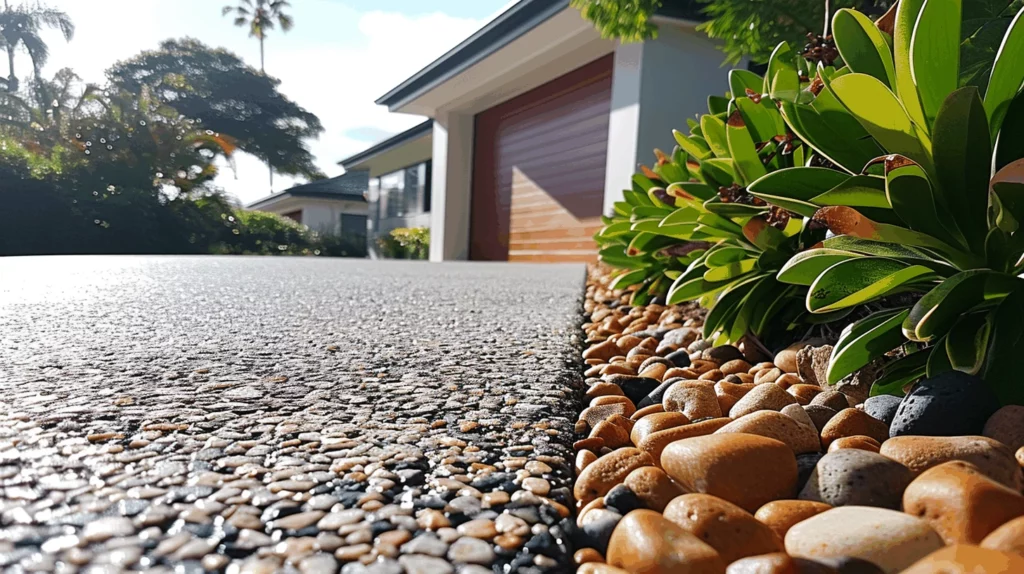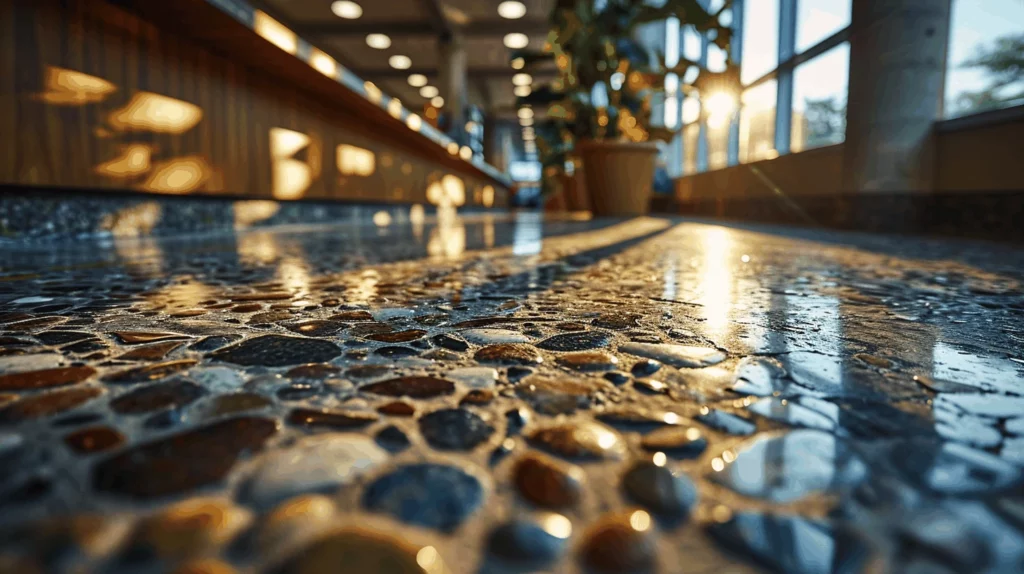Competitor Equivalents
Product comparision
Concrete Surface Retarder S
Rugasol S
Top Stop
Top Cast
TK-Concrete Surface Retarder 6000
Vexcon StarSeal Envio Set
SpecChem offers a wide range of surface retarders that are specifically designed to enhance the appearance and functionality of your concrete surfaces. Our surface retarders, such as Deco Surface Retarder and SpecSurface Retarder, allow you to achieve unique and decorative finishes by selectively exposing the aggregate. With our surface retarders, you have precise control over the depth and timing of the retardation process, giving you the flexibility to create stunning patterns and textures. Whether you’re working on a commercial, residential, or industrial project, our surface retarders provide excellent performance and meet all industry standards. With SpecChem’s surface retarders, you can transform your concrete surfaces into works of art.


Surface retarders are chemical products specially designed to slow down the setting time of concrete on the surface. They are applied to freshly placed horizontal concrete to expose the underlying aggregate and create decorative finishes.
Surface retarders work by chemically delaying the hydration process of the cement in concrete. This allows the top layer of concrete to remain soft while the underlying layers continue to harden. Once the desired exposure level is achieved, the retarder is removed, and the concrete is washed to reveal the exposed aggregate.
Using surface retarders offers several benefits. It allows for the creation of decorative concrete finishes with exposed aggregate, enhancing the aesthetic appeal of the surface. It also provides flexibility in design by allowing contractors to control the depth of aggregate exposure. Additionally, surface retarders help to reduce the risk of surface cracking and improve the overall durability of the concrete.
Surface retarders are primarily designed for use on horizontal surfaces. However, there are specific products available, such as SpecEtch Deep, that are formulated for vertical applications. These products are specially engineered to provide the desired aggregate exposure on vertical concrete surfaces.
The time it takes for the surface retarder to work depends on various factors, including the specific product used, ambient temperature, and desired exposure depth. Typically, surface retarders are left on the concrete surface for a specific period, ranging from a few hours to overnight, before being removed and washed off.
Yes, surface retarders can be used in conjunction with other concrete construction products. They are often used in combination with concrete coloring agents, stains, and sealers to enhance the decorative appearance of the exposed aggregate. It is important to ensure compatibility between the surface retarder and other products by consulting the manufacturer’s recommendations.
The choice of surface retarder depends on various factors, including the desired aggregate exposure depth, project requirements, and environmental conditions. SpecChem offers a range of surface retarders, such as SpecEtch and Versa Etch, each with unique features and benefits. Consulting with a SpecChem sales representative or technical expert can help you select the most suitable surface retarder for your specific project.
Environmental conditions play a significant role in the performance of surface retarders. Higher temperatures can accelerate the setting time of concrete, potentially requiring a shorter application time for the retarder. Conversely, cooler temperatures or high humidity can slow down the setting process, necessitating a longer application time. It’s important to adjust the use of surface retarders based on ambient conditions for optimal results.
Surface retarders are generally compatible with most types of concrete mixes. However, the effectiveness can vary depending on the mix design, particularly the water-to-cement ratio and the type of aggregates used. For specific mix designs, it may be advisable to conduct a test patch to ensure desired results.
The recommended method for removing surface retarders typically involves washing off the retarder with water and gently scrubbing the surface to expose the aggregate. The timing of this process is crucial and depends on the specific product and desired depth of exposure. Always follow the manufacturer’s instructions for removal.
Concrete Surface Retarder S
Rugasol S
Top Stop
Top Cast
TK-Concrete Surface Retarder 6000
Vexcon StarSeal Envio Set
